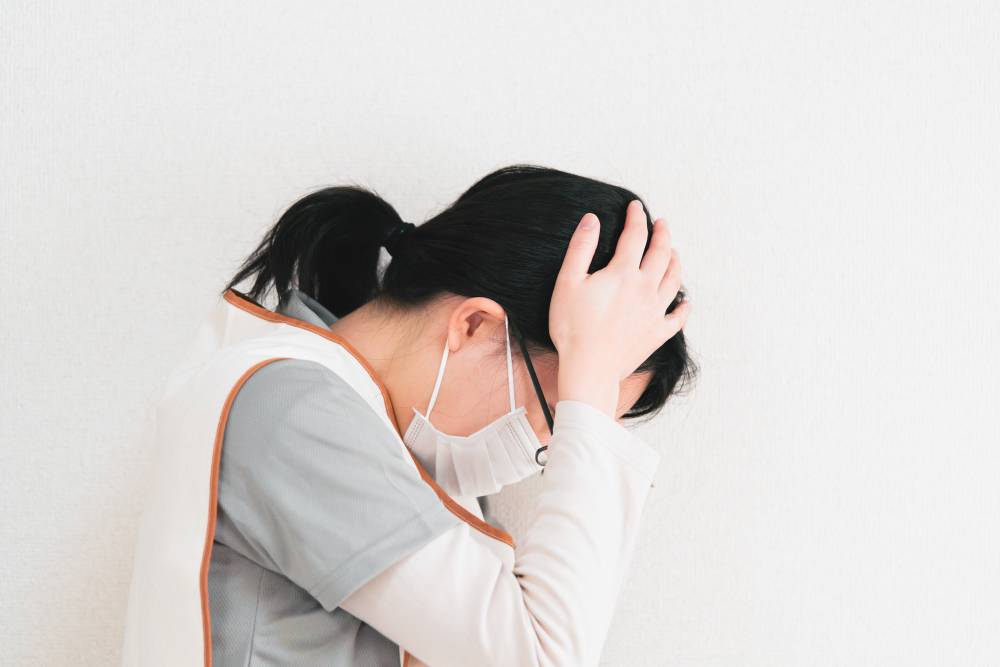
HelloCare has attained a de-identified letter from an aged care worker sent to Leading Age Services Australia desperately asking for more registered nurses and personal care assistants on board. The home they work at was down to only one personal care assistant at one point.
The letter states:
‘The timeline begins, Tuesday 4th August 2020 … I had just arrived home from work when I received a call from the home stating that a resident, who had been sent to the hospital post fall, was tested for COVID-19 and found to be positive.
‘This triggered a series of events for us: we quickly drove down [to the home] and once there, we began our standard emergency outbreak procedures. We notified the Department of Health and Human Services (DHHS)/Commonwealth.
‘We were advised to go into full lockdown, which we did, and notified all stakeholders as well.
‘I notified all our families/representatives (at this stage there was no one else showing any symptoms).
‘We ‘hounded’ the DHHS/Public Health Unit until we could get a response that would assure testing and assistance ASAP.
‘The DHHS informed us that they would arrive on Thursday 6th August to test all residents (only) and not staff. I am not sure why though.”
The letter says two days after the initial call a team conducted a deep clean of the home. Staff had to organise their own testing – conducted by the home’s registered nurse and deputy director of nursing.
‘I think it was Thursday/Friday when the Ausmat team arrived to assess the situation and our procedures; and to provide guidance, advice and assistance with regard to infection prevention processes, PPE usage, etc. They helped us set up the entire facility in a more efficient, effective and organised way in regard to infection protection.’
On Saturday 8th August, the staff member informed all families and representatives of residents of the latest update. There were 37 people residing in the home at the time. 10 more residents had tested positive – nine in the dementia unit and one in the main section of the home. Eight staff members had also tested positive.
Not long after, two residents passed away and five were placed into palliative care. Numbers jumped to 15 residents and 23 staff members infected – leaving only one PCA in the home, one receptionist and the manager.
‘The manager has taken on an enormous load – responding to daily health department phone calls, WorkSafe calls, keeping families in the loop, Ausmat, etc.
‘There is NO staff available – we are begging for help with regard to staffing and no one wants to place themselves in the ‘hot zone’. Therefore, it is all up to our depleted staff to help, feed, bathe, medicate and attend to residents who are basically dying.’
The home currently has five PCAs and two registered nurses working ‘24/7 because there is no one to replace them with’.
The aged care worker who submitted the letter is also unwell but has not been diagnosed with COVID-19.
‘Before getting ill, I was updating/communicating with families and representatives, WorkSafe, and the department daily. I was also maintaining daily records and registers, etc. All of this has almost completely stopped now … as there is no one else. There has been NO communication with families over the past three days.
‘The one thing I know is that we NEED STAFF, PCAs and RNs … We also need at least ONE admin person to take up all the reporting and updating tasks.’
It is impossible to comprehend the levels of stress and anxiety being experienced by staff, residents and families where an aged care facility has corona virus. Thy must feel under siege and to compound their woes face the real risk of transmitting the virus to their families. As as industry we have focused on ensuring our staff are trained, be it as registered nurses or care staff. This has been reinforced by numerous bodies from the Quality Agency to the Commission. This has left the industry vulnerable and experiencing staffing crises. Maybe as part of our recovery we should instead focus, not so rigorously on ‘qualification” first, but aptitude and attitude. This may attract a broader spectrum of people to our industry and contribute to the improvements we and our customers are looking for.
This a worry for all Age Care workers and what is annoying that our hours have been cut in the facility I work at because of budget restraints.
Somehow Age care workers are look at as robots that can work 24/7 without breaks and are called trouble makers when they alert management to situations.
I was told I was a complication when the hotspots first appeared in Melbourne, I had not been to the areas but my husband a truck driver had. We got tested and it returned negative. But he regional manager was not happy I took the 3 days off until the test results arrived.